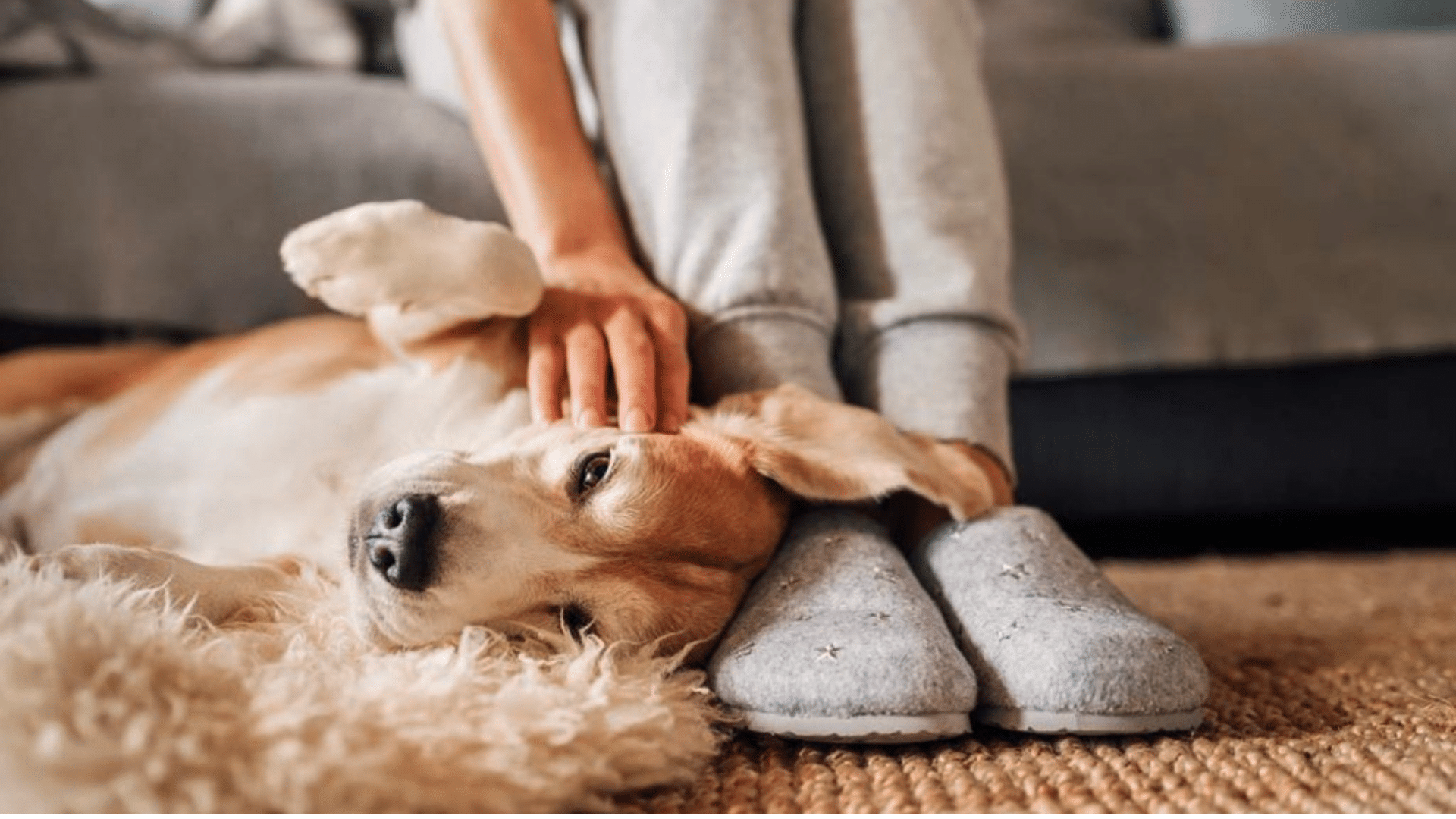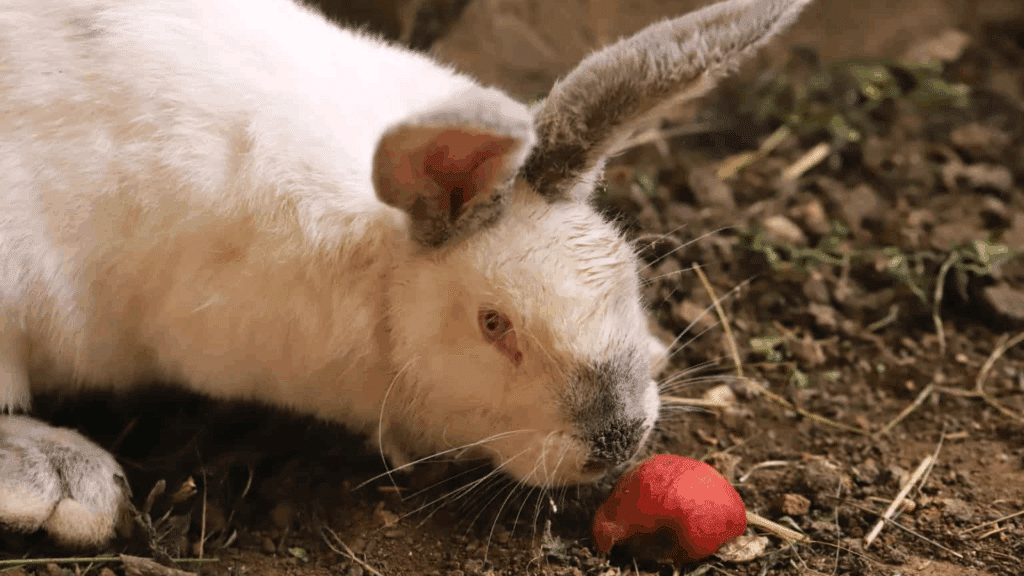It’s common for dogs to skip their regular food but go wild for treats. If you’ve noticed your dog doing this, you’re not alone, and it doesn’t always mean something serious is wrong.
Sometimes it’s just pickiness, but other times it can point to small issues that need attention.
In this article, we’ll look at:
- The most common reasons dogs eat treats but not meals are
- Why food quality makes a big difference
- Simple ways to help your dog eat better
Understanding what’s behind this behavior is the first step to fixing it. With a few changes and some patience, most dogs get back to eating normally.
My guide will help you figure out what’s going on and when it’s time to call your vet.
Understanding Your Dog’s Eating Habits
I’ve learned that every dog has their own eating pattern, just like people do. Some dogs eat fast, others take their time, and a few go through picky phases.
Age, breed, daily routine, and emotional state all play a big part in how much and how often your dog eats.
For example, puppies usually eat more often, while older dogs might slow down. A change in schedule or mood can also affect appetite.
If your dog’s eating habits suddenly change, it’s important to notice early. Skipping meals for a day might not be a big deal, but if it keeps happening, it could mean something deeper is going on.
Paying attention to these small shifts helps you spot problems sooner and keep your dog healthy and comfortable.
Reasons Why Your Dog Is Eating Treats but Not Their Food

It’s normal to worry when your dog ignores food but still wants treats. In most cases, it’s linked to habits, health, or small changes, and once you know why, it’s easy to fix. These are the most common causes and how you can help.
1. Being Picky or Spoiled with Too Many Treats
I’ve noticed that dogs quickly learn what tastes better, and treats usually win. If you give too many, your dog may start holding out for them instead of eating real food.
To fix this, cut back slowly and offer regular meals before treats. Keep snacks as rewards for good behavior, not replacements for meals.
You can also try adding a bit of broth or wet food to their kibble to make it more appealing without overdoing it.
2. Dental Pain or Mouth Discomfort
If your dog suddenly stops eating dry food, dental pain could be the reason. Problems like sore gums, broken teeth, or oral infections make chewing uncomfortable.
I’ve seen dogs act hungry but turn away after trying to eat. If you notice drooling or pawing at their mouth, it’s time for a vet visit.
Soft food can help temporarily, but proper dental care is what truly restores comfort and gets your dog eating again.
3. Boredom with the Same Food Flavor
Just like people, dogs get tired of the same taste every day. I’ve seen picky eaters perk up after switching to a new flavor or texture.
Try rotating between a few high-quality, balanced options to keep meals interesting. You can mix in a spoonful of wet food or a bit of plain chicken broth for variety.
Avoid sudden changes, though; introduce new food slowly over several days to prevent digestive upset.
4. Stress, Anxiety, or Changes in the Environment
Dogs are sensitive to their surroundings, and even small changes can affect how they eat.
Moving homes, new pets, loud noises, or routine changes can all cause anxiety. I’ve found that creating a calm eating space helps a lot.
Keep feeding times consistent, use the same bowl and location, and give your dog time to relax. Once they feel secure again, their appetite often returns naturally without major intervention.
5. Feeding Schedule Inconsistencies
When meal times vary, your dog’s body doesn’t know when to expect food. I’ve found that dogs eat better with a regular feeding routine.
Serve meals at the same time daily, and avoid giving too many snacks in between.
This helps their body get hungry at the right times. Keeping a consistent environment, same bowl, same space, also helps. Over a few days, most dogs fall back into a steady eating rhythm.
6. Illness or Nausea
Sometimes, when a dog stops eating, it’s because they feel unwell. Upset stomach, infection, or internal pain can all cause appetite loss. I’ve seen dogs show other signs like vomiting, drooling, or fatigue.
If your dog refuses food for more than a day, contact your vet. A quick check can identify the cause and help your dog recover faster.
Don’t wait too long; early treatment often prevents more serious problems.
7. Digestive Upset
A sudden change in diet or too many treats can cause mild stomach issues. I’ve noticed that when dogs feel bloated or nauseous, they often skip meals.
You can help by offering small, bland meals like boiled chicken and rice for a day or two.
Avoid rich treats or fatty foods during this time. If your dog doesn’t improve or seems uncomfortable, a vet visit can rule out deeper digestive concerns.
8. Too Many Table Scraps
Feeding from your plate may seem harmless, but it can lead to picky eating fast. I’ve seen dogs refuse kibble after getting used to richer human food.
To fix this, stop offering table scraps and stick to their regular diet. Be patient, it can take a few days for your dog to adjust.
Once they realize the tasty extras aren’t coming, they’ll usually return to their normal meals again.
9. Food Texture or Temperature Issues
Some dogs prefer their food slightly warm, while others like it dry and crunchy. I’ve learned that small changes in texture or temperature can make a big difference.
Try warming their food a little or mixing in a bit of water or broth for moisture. Avoid serving cold meals straight from the fridge.
Simple adjustments like these often make regular food more inviting without changing your dog’s diet completely.
Why is your Dog Not Eating but Drinking Water?
If your dog isn’t eating but still drinks water, that’s a good sign; they’re staying hydrated.
However, it can still point to issues like stomach upset, fever, or dental pain that make eating uncomfortable.
I’d watch their behavior closely. If your dog seems alert, playful, and otherwise healthy, it’s fine to wait up to 24 hours and try offering soft food or a bit of broth.
Sometimes mild stomach discomfort clears up on its own. But if your dog skips more than one meal, seems tired, drools, vomits, or shows signs of pain, it’s time to call the vet.
Paying attention early helps catch small problems before they become serious and keeps your dog safe and healthy.
Why Dog Food Quality Matters?
I’ve noticed that when dog food has too many fillers, artificial flavors, or low-quality ingredients, dogs often lose interest in eating.
It’s not just about taste; poor-quality food can upset their stomach or leave them feeling unsatisfied.
When you’re picking dog food, look for real meat as the first ingredient, not by-products or corn. Avoid foods with long lists of additives or dyes.
I also like to check for a balance of protein, healthy fats, and vitamins to keep dogs full and healthy.
If your dog seems bored with their meals, try rotating between a few high-quality options or mixing in a bit of wet food for flavor.
Good food makes a big difference in both appetite and long-term health.
Tips to Encourage Your Dog to Eat Regular Food

Sometimes, dogs just need a little help getting back to eating their regular meals. I’ve found that small changes in how you feed them can make a big difference.
Try these simple tips to make food more appealing and help your dog build better eating habits.
- Mix a bit of wet food or broth with kibble: It adds flavor and moisture, making dry food more inviting.
- Warm the food slightly: A bit of warmth can bring out the smell and taste.
- Cut back on treats: Too many snacks can ruin their appetite for real meals.
- Feed in a calm, distraction-free space: Quiet time helps your dog focus on eating.
- Stick to a consistent routine: Regular feeding times train your dog’s body to expect meals.
When to Seek Veterinary Help?
If your dog hasn’t eaten for more than 24 hours, it’s time to take it seriously. Occasional missed meals can be normal, but when they continue, it might signal something more.
Watch for red flags like sudden weight loss, vomiting, diarrhea, drooling, or unusual tiredness.
Changes in behavior, like hiding, whining, or refusing to play, can also mean your dog is in pain or feeling unwell. Sometimes, dental issues, infections, or stomach problems are to blame, and they need a vet’s care.
I always tell people it’s better to call your vet early rather than wait it out. A quick check can rule out serious conditions and give you peace of mind.
Getting help sooner makes treatment easier and helps your dog get back to eating and feeling like themselves again.
Conclusion
I know how stressful it can be when your dog eats treats but ignores their food. The good news is that most dogs respond well to small changes and a little patience.
Try adjusting feeding routines, improving food quality, and cutting back on extra snacks.
Over time, these steps can make a real difference. Focus on balanced nutrition and consistent habits rather than quick fixes.
Pay attention to what your dog enjoys and how they react to new foods.
If you stay consistent, your dog’s appetite will likely return to normal. And if things don’t improve, talk to your vet to rule out any health problems.
With care and observation, you can help your dog enjoy mealtime again and feel their best every day.








